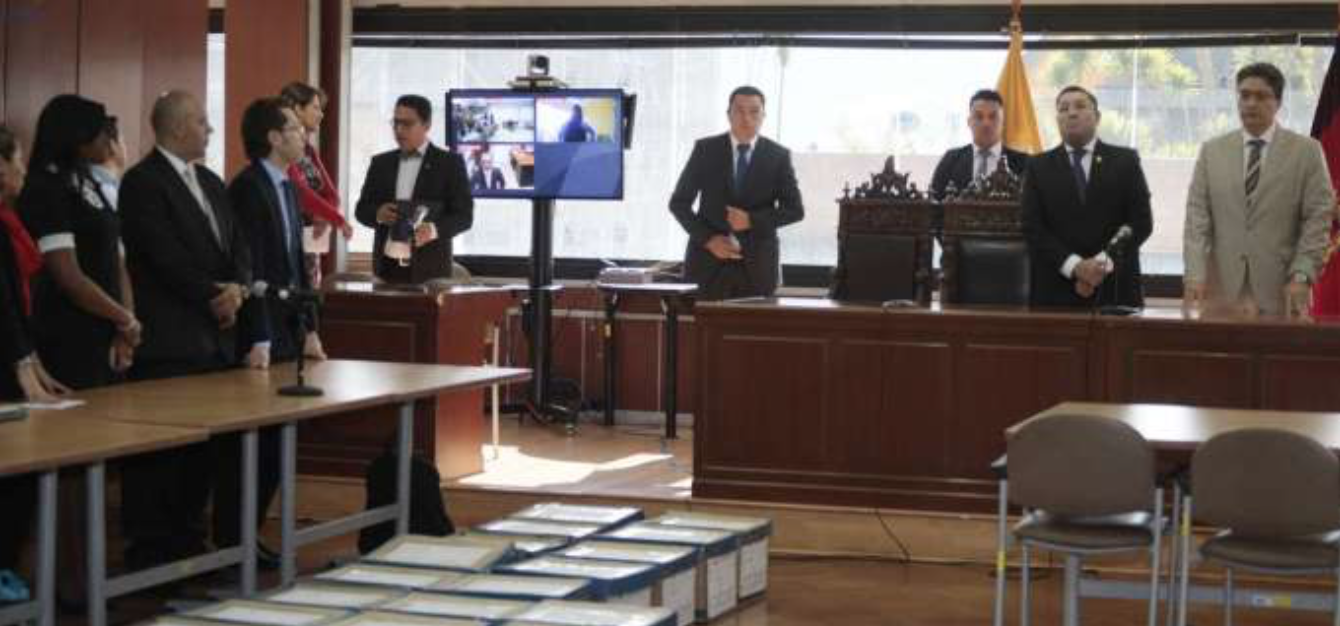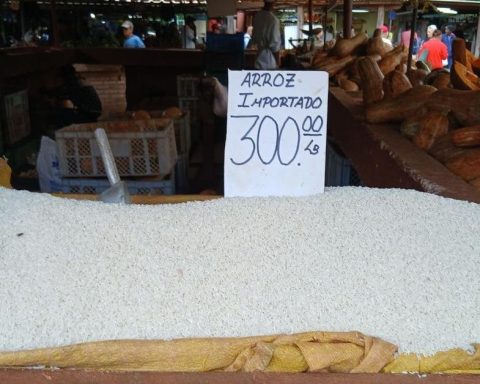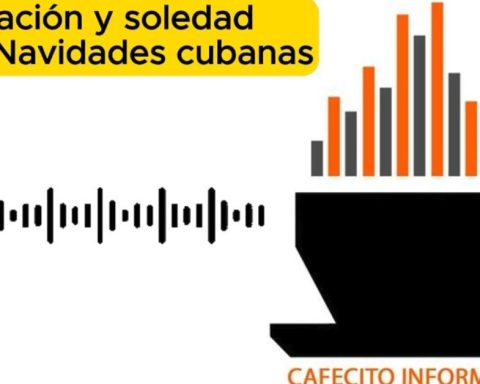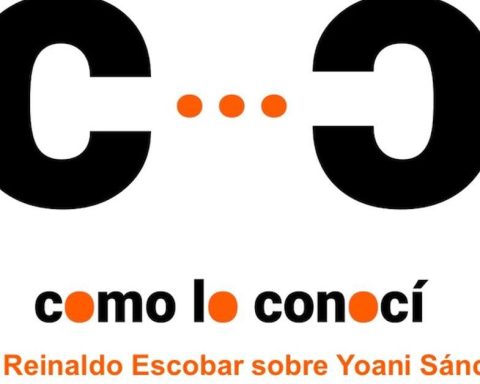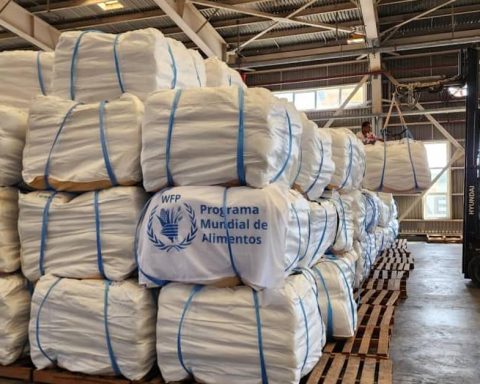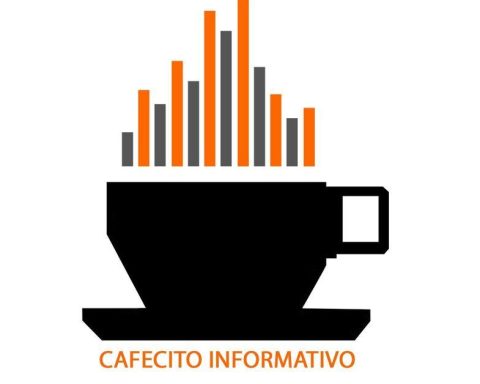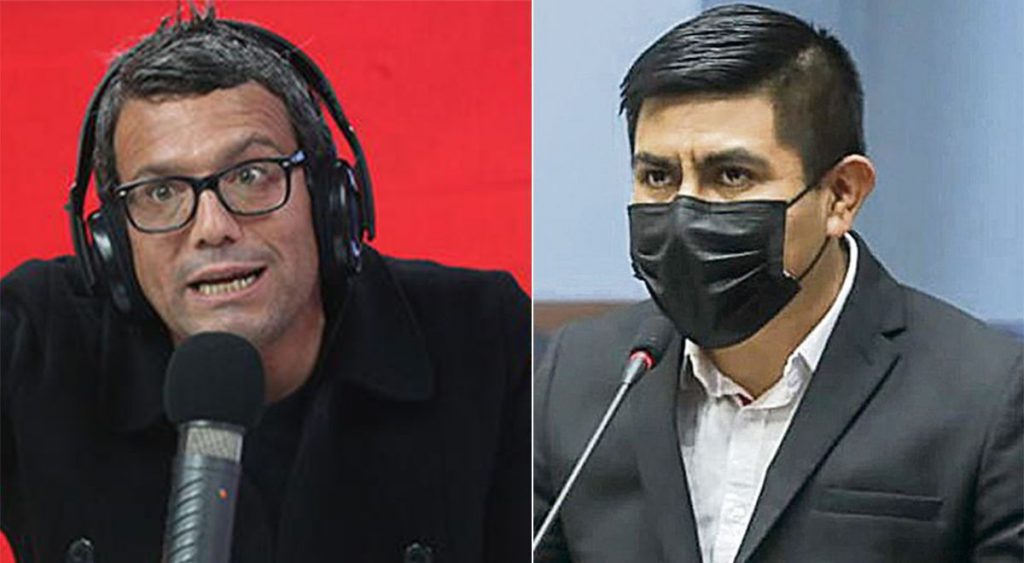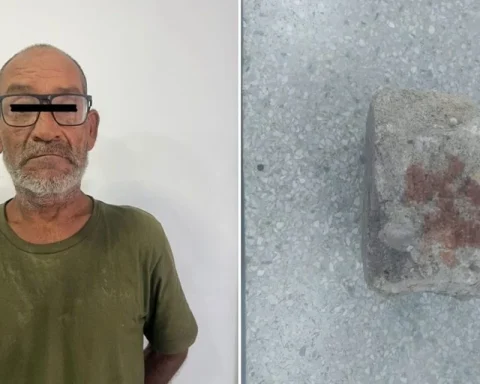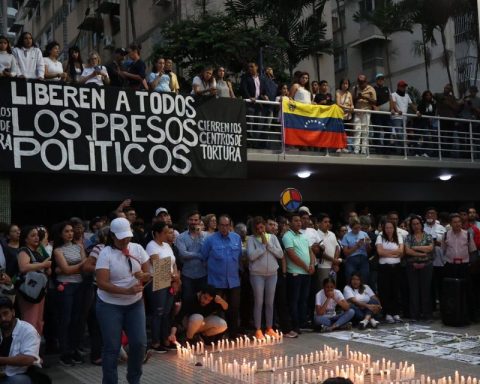This form of participation in a crime already exists in Ecuador, but it does not apply. Jurists say that fear prevents its correct use.
In order to punish the leaders of the criminal gangs, the president of Ecuador, Guillermo Lasso, proposed an extension and application of the “organization domain authorship theory“. However, although this legal figure has been used little or not at all in the country, it is a form of participation in a crime that is already included in the Comprehensive Penal Code (COIP).
Article 42, paragraph 2 of the COIP, establishes that those who resort to the modality of mediate authorship will respond as perpetrators of a crime, that is, “those who exercise a command power in the criminal organization”.
In other words, the criminal lawyer Nicolás Salas explains that there is nothing to create or modify with respect to this rule. “What corresponds is that this figure is applied in specific cases, especially in those related to the leaders of the criminal gangs that operate in the country’s prisons and that they, without being the ones who directly kill people and who have power command of a criminal organization are punished “, he mentions.
Why is it not applied?
For Joffre Campaña, lawyer and expert in Criminal Law, the current norm is sufficiently clear to sanction leaders of criminal organizations. The jurist emphasizes that it is a clear and direct problem: “in Ecuador the ‘silver or lead’ and, consequently, there are no judges or prosecutors who are willing to risk their lives sanctioning these leaders, when they know that if they do so, they or their families would be the object of reprisals ”, he points out.
The mediated authorship is in the COIP since 2014
A known case in which this legal figure was used is the case Bribes 2012-2016.
In March 2020, the State Attorney General, Diana Salazar, accused the former president of Ecuador, Rafael Correa, under the ‘legal theory’ of mediated authorship due to organizational dominance, arguing that the ex-president was the one who “directed and had the power in a structure of corruption ”to accept bribes for the benefit of senior public servants and collaborators, as well as the political party Alianza País (AP).
In that case, Salazar argued that this accusation is part of a technique that must be applied when investigate organized crime.
However, the Prosecutor’s Office did not show that the former president demanded or benefited from that money from bribes.
From the point of view of the academic and criminal scholar Pablo Encalada “the problem is that there is no evidence that the head ordered a person to commit the crime, does not exist. What there is is a criminal design for them to work in that way and, therefore, whoever designed this criminal structure is the perpetrator of that crime, ”Encalada details.
The fact that this legal figure begins to be applied in Ecuador means that the Prosecutor’s Office must collect sufficient elements to prove the culpability of the leader of a criminal organization, which is, as shown by the cases in which the perpetrator has been applied, a great challenge in fiscal and legal matters.
“It doesn’t matter how many legal reforms be done. As long as there are no people determined to act and enforce the Law, we will continue with the same problem permanently ”, concludes Joffre Campaña. (MFU)
Mediated authorship has been applied in the world for 60 years
This figure was developed by the German Claux Roxin. It was used, for example, to convict members of the German National Defense Council for having ordered the execution of Jews in Nazi times.
In Peru, this theory was also used with former President Alberto Fujimori, due to human rights violations, however; the Prosecutor’s Office of that country did not find sufficient evidence to prove it.
“Using the mediate authorship corresponds to the Prosecutor’s Office, not to President Lasso. The Prosecutor’s Office is the one that decides to investigate, prosecute or accuse and the judges to convict ”, Pablo Encalada, criminal lawyer.
